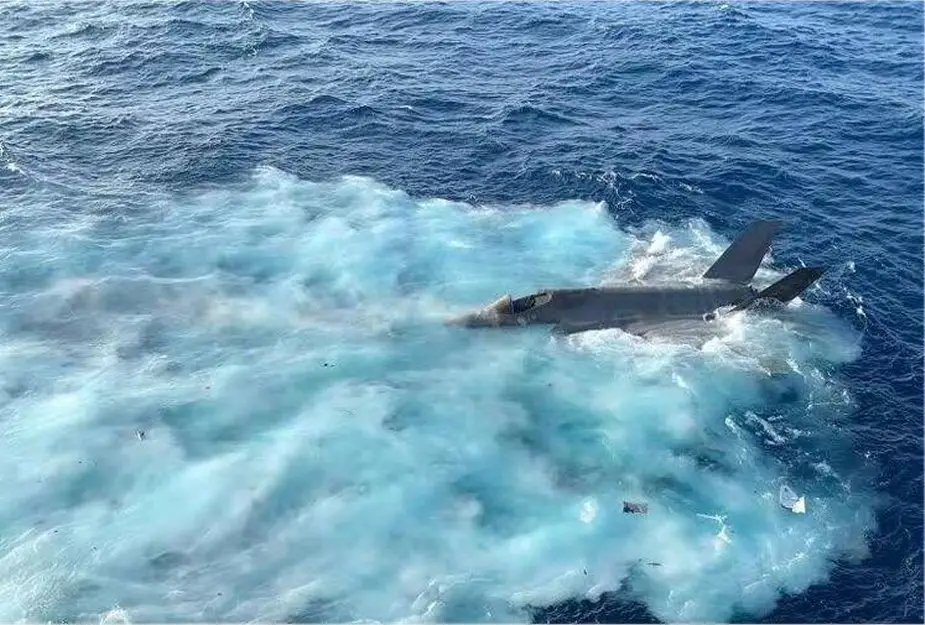Breaking news
US Navy successfully retrieves its F-35C in the South China Sea.
According to information published by the U.S. Navy on March 3, 2022, U.S. 7th Fleet’s Task Force (CTF) 75 and Naval Sea Systems Command (NAVSEA) successfully retrieved the F-35C Lightning II aircraft which crashed earlier this year in the South China Sea.
Follow Navy Recognition on Google News at this link
 F-35C Lightning II aircraft (Picture source: Gazetevatan)
F-35C Lightning II aircraft (Picture source: Gazetevatan)
The F-35C Lightning II, assigned to Carrier Air Wing (CVW) 2, crashed while USS Carl Vinson (CVN 70) was conducting routine flight operations in the South China Sea on Jan. 24.
The wreckage was recovered from a depth of approximately 12,400-feet by a team from CTF 75 and the NAVSEA’s Supervisor of Salvage and Diving (SUPSALV) embarked on the diving support construction vessel (DSCV) Picasso.
The aircraft was recovered using a CURV-21, a remotely operated vehicle (ROV), which attached specialized rigging and lift lines to the aircraft. The ship's crane lifting hook was then lowered to the seafloor and connected to the rigging, and then lifted the aircraft to the surface and hoisted it onboard Picasso.
The F-35C Lightning II is the U.S. Navy’s first low-observable carrier-based aviation platform.
The F-35C variant has larger wings and more robust landing gear than the other variants, making it suitable for catapult launches and fly-in arrestments aboard naval aircraft carriers. Its wingtips also fold to allow for more room on the carrier’s deck while deployed.
The F-35C also has the greatest internal fuel capacity of the three F-35 variants. The F-35C carries nearly 20,000 pounds of internal fuel for longer range and better persistence than any other fighter in a combat configuration. And, like the F-35B, the F-35C uses probe and drogue refueling. This allows the Navy to operate its carriers a safe distance from the threat while its fighters reach remote targets.




























